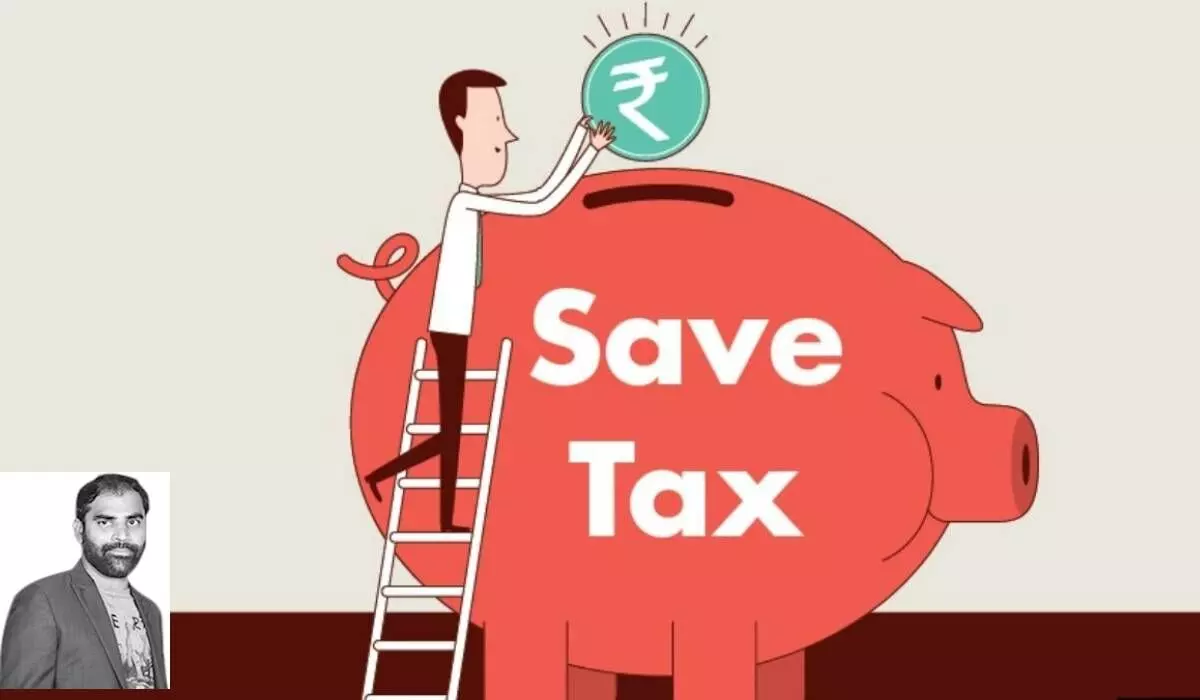ELSS the best option to create wealth while saving tax outgo
it’s good if people zero in on tax-saving plan at the beginning of the financial year itself
image for illustrative purpose

In general, many investors rush to save taxes at the last minute, so in the last quarter of the financial year or in March. Tax planning is important if not critical and it’s subset of overall financial planning. Also, in the rush to ensure the obligation is cleared, people tend to make mistakes like investing or allocating in avenues that doesn’t suit their risk profile and/or exposing to timelines that doesn’t suit their requirement.
So, it’s ideal to start planning at the beginning of the financial year itself so that they can have a proper evaluation to arrive at the right avenue. Many people in a bid to save tax look for safer option of bank fixed deposits (lock-in of 5 years) and National Savings Certificate (NSC which are locked for over 7 years). But these options are very conservatives and wouldn’t help even beat the inflation, which of course has been raging in the last one year.
The other options include National Pension Scheme (NPS) which is possibly the cheapest cost of return avenue available for the investor. Though it has the option for an equity exposure, the maximum is capped and won’t allow 100 per cent of the contribution towards equity which over the long term is very beneficial in not only to beat inflation but outperform across all asset classes. The cost structure only adds the chances of higher returns to the investment and it’s a good way to save for retirement. The product is locked till the age of 60 years of the subscriber under the normal circumstances.
Public Provident Fund (PPF) is another very good option for conservative investor or otherwise. It’s an account which lasts for a period of 15 years which could be extended for a period of 5 years twice in its life. Of course, there’s a provision for partial withdrawal after the first seven years. This is again a very good avenue for investing for medium to long-term targeting like those of children’s education or their marriage needs.
The interest provided is guaranteed (though adjusted time-to-time) by the government and thus provides for a safe income for those looking a consistent growth. It also is a good vehicle to compound as the commitment is for a long period and a consistent interest really adds up to the corpus. The better part of the investment is the tax exemption on the maturity. The returns on the investment are completely tax free.
Another great option is Equity Linked Saving Scheme (ELSS) which is a mutual fund (MF) which is locked-in for three years. This is certainly an aggressive option among all the investment avenues discussed till now. This allows the investor to explore equity with jest and have an allocation to the entirety. The long-term investment returns on equity are biased in favor of the investor. The long-term capital gains tax also helps the investor to reduce the overall tax outgo.
True to their investment philosophy, the nature of these investments bare higher risk when compared to all other avenues qualifying tax breaks under this section. As they always say, the time spent in the market defines the benefits or returns when investing in equity. Innumerable research points out that the equity investments end up providing superior returns when invested for longer periods of time, as greater volatility is experienced by the stock markets in the short-term only.
The logic behind for providing tax-relief (during the investment) by the government is to encourage individuals to opt for higher productive avenues that benefit them in the long-run. When compared to the other investment avenues that qualify under this section for tax relief, these investments also hold the shortest lock-in (restrictions for withdraw or access) period among all. However, equity investments shouldn’t be made with such a shorter duration in mind but these being open-ended schemes help the investor to hold on to them even post the restriction period of three years.
So, it’s wise to use the tax saving option to benefit the long-term goals by aligning these investments to the financial plan. By not seeing it as a subset of long-term investing, a series of missteps over a prolonged period could impact the wealth creation. Even retail investors, who don’t have higher disposable income could use their tax saving (forced) investments wisely to generate wealth by exploring options like ELSS.
(The author is co-founder of “Wealocity”, a wealth management firm, and could be reached at [email protected])

